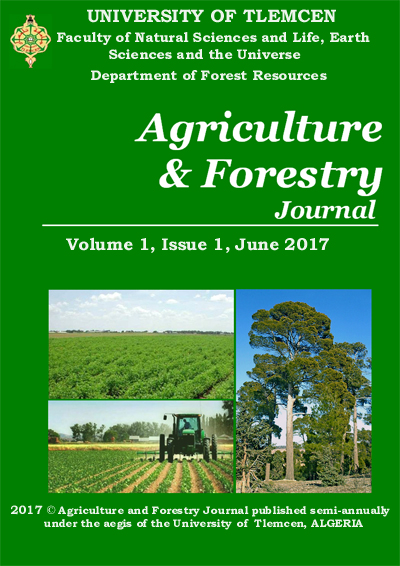The The role of university technology business Incubator in agri-aqua enterprise development
DOI:
https://doi.org/10.46325/afj.v8i2.166Keywords:
technology commercialization, case study, support services, extension projectAbstract
Business incubation has been globally recognized as an important tool in economic development and job creation. The Central Mindanao University-Agri-aqua Technology Business Incubator (CMU-ATBI) project was initiated to commercialize research-generated technologies in the university. The project is a venue for start-up enterprises to start and or develop their enterprise using the available agricultural technology in the university or an extension technology. The study utilized case study design to present the role played by the university TBI in the enterprise development of its clients who are called incubatees. The data were gathered from the project’s terminal report and an interview with the project staff. The CMU-ATBI plays a significant role in developing the incubatees enterprise through the different business support services they extended. The services include capability building, business plan preparation, product packaging and labelling design assistance, market linkage, access to inputs, and coaching and mentoring. These services contribute in one way or another in the development of the incubatees enterprise through increased income and jobs generated.
References
Adegbite, O., 2001. Business Incubators and Small Enterprise Development: The Nigerian Experience. Small Busness Economy, (17): 157–166.
Braun V., & Clarke, V., 2006. Using thematic analysis in psychology. Qualitative Research in Psychology, 3:77–101. doi:10.1191/1478088706qp063oa
Baxter P., Jack S., 2008. Qualitative case study methodology: Study design and implementation for novice researchers. The Qualitative Report, 13: 544–559.
Akçomak, I., 2009. Incubators as tools for entrepreneurship promotion in developing countries. Innovation, 31:1–42.
Information Development (No Date). Brief Overview of the global incubator industry.
Didoni A., 2020. Effectiveness of agri-business incubation in emerging markets. Varcando Ltd, CASA programme, 33p.
Lalkaka R., 2006. Technology Business Incubation, A Toolkit in Engineering, Science, and Technology. UNESCO Publishing.
Lose T. & Tengeh R.K., 2015. The sustainability and challenges of business of incubators in the Western Cape Province, South Africa. Sustainability, 7(10):14344-14357. https://doi.org/10.3390/su 71014344
Organization for Economic Cooperation and Development, 2010. Technology Incubators. Innovation Policy Platform. Retrieved from www.oecd.org/innovation/policy platform
Srivastava P. and Chandra, S., 2012. Technology Commercialization: Indian University Perspective. Journal of Technology Management & Innovation, 7(4). Accessed from http://dx.doi.org/10.4067/S0718-27242012000400010
Schutte F. and Direng T., 2019. Incubation of Entrepreneurs Contributes to Business Growth and Job Creation A Botswana Case Study. Academy of Entrepreneurship Journal, 25(3).
Stefanovic, M., Devedžic, G., & Eric, M., 2008. Incubators in Developing Countries : Status and Development Perspectives. International Journal for Quality Research, 2(3) : 157–163.
United Nations Industrial Development Organization, 2016. The role of technology and innovation centers in promoting inclusive and sustainable industrial development. United Nations Industrial Development Organization.
United Nations Industrial Development Organization, 1999. In-depth evaluation of selected UNIDO activities on development and transfer of technology.
Downloads
Published
How to Cite
Issue
Section
License
Copyright (c) 2024 Karen Debbie Cosrojas, Sheila POONON, King Jehu RADAZA

This work is licensed under a Creative Commons Attribution-NonCommercial 4.0 International License.









